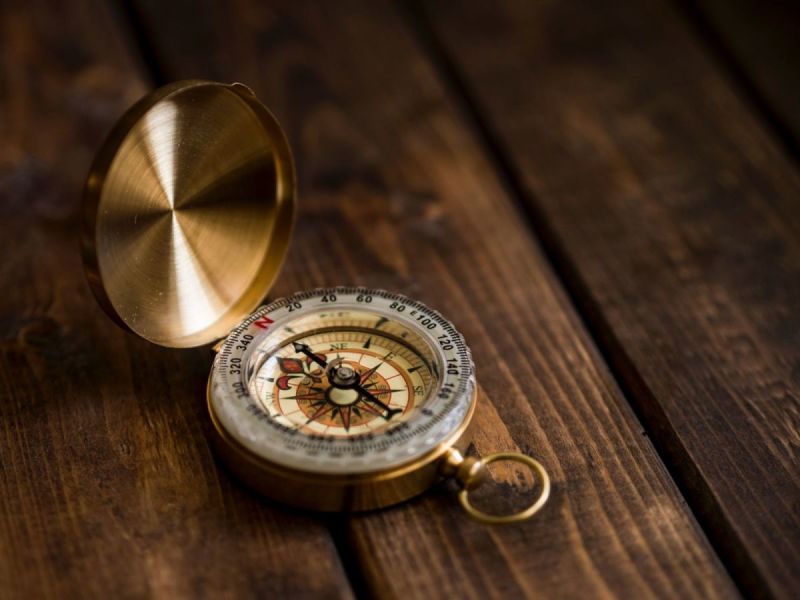5 Things That Makes Good Website Navigation
Good Website Navigation is important for visiting users. Learn how to improve it with our top tips.
Navigation is an integral part of any website, but this doesn’t mean it has to be flashy or complex to win your users over. When it comes to finding your way around a website, simplicity is best. Function should take precedence over form since visitors would sooner stick with a site that can be explored than waste time with a rigid novelty page.Build a website that’s clear and engaging with the help of SITE123 and your group of loyal visitors will never be far behind. The following lists some aspects of good website navigation.
Innehåll:

1. Considering the user
The first thing to consider when constructing clear website navigation is to put yourself in the user’s shoes. Imagine visiting each web page with impartial eyes - is there anything that stands out as unnecessary or out of place? Each clickable tab or bar should be of use to visitors so ensure you are always asking yourself the question: ‘Is this useful?’ and you will begin to view your website from a user perspective as you build your own website. Behöver du en hemsida? Vill du bygga en hemsida men vet inte var du ska börja? Vår webbplatsbyggare är den perfekta lösningen. Lätt att använda och med möjligheten att anpassa för att passa dina affärsbehov kan du få en professionell webbplats på nolltid.





